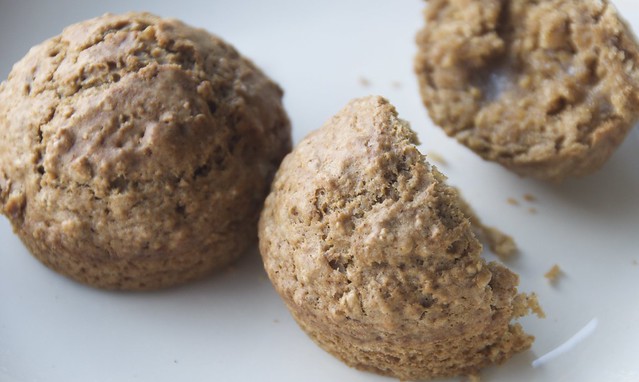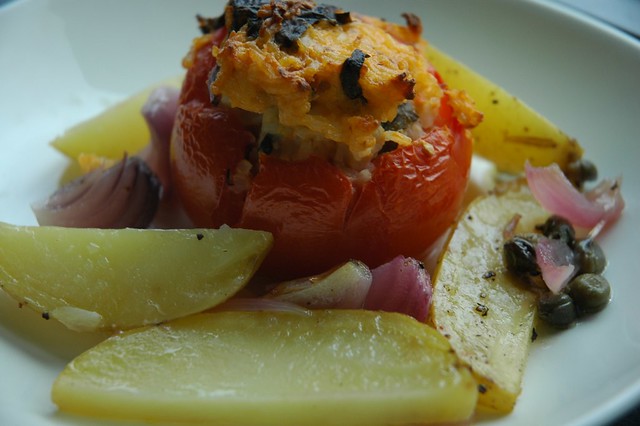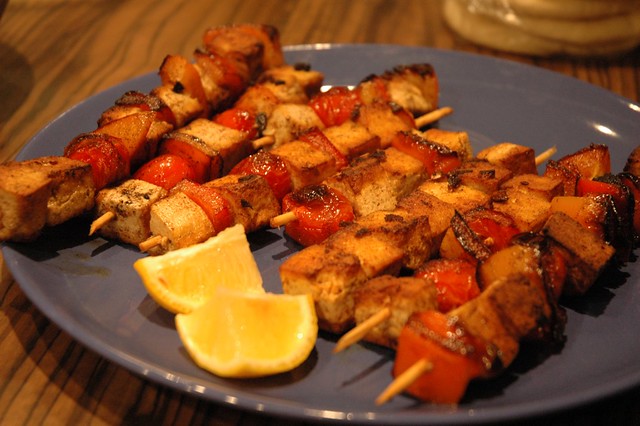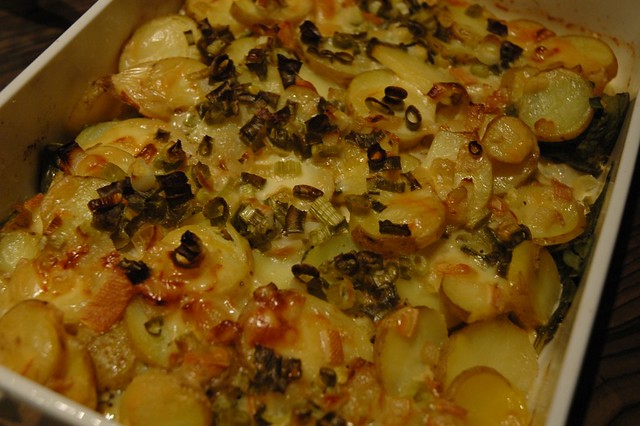I was especially disheartened to read about a study that was recently published in the Archives of Pediatrics and Adolescent Medicine which found students at half of US elementary schools could buy unhealthy foods outside of school meals. These are competitive foods such as cookies, cakes, and baked goods which are usually sold through vending machines, a la carte lines in the cafeteria, and in school stores. Researchers found that unhealthy snack foods were sold more in the south, where obesity rates are the highest - in fact 60% of public elementary schools in the south were found to be selling unhealthy foods; in the west this number drops to 24%, and in the midwest it is 30%. While the study found that fruits and vegetables were offered to be sold as well, they didn't sell as well as sugary salty foods (duh). If you follow Food Politics, or the Lunch Tray, you may have read about the recent changes, and the pushback, and then again the move forward with updated new federal nutrition guidelines for school nutrition (elementary through high school). Before these new regs were published, competitive foods were exempt from federal regs, but now they are included in the report as being bound by the same criteria, and the report suggests that competitive foods follow the Institute of Medicine's report. I look forward to Bettina Elias Siegel's school nutrition FAQ. I hope that we can transition to real foods, move away from nutrient reductionism, and take back our food culture. Public schools, where most children learn fundamental basics about their world, have a place in changing food culture, and teaching students how to understand and apply nutrition.
Walmart recently announced their own front-of-package nutrition labeling system. Marion Nestle of Food Politics does an excellent write up on Walmart, presents research on labeling (e.g. a stoplight system works very well), and how Walmart should have waited to release guidelines so they could be in line with the FDA's front-of-package labeling guidelines. Should Walmart be providing their own nutrition labels on the front of packs? Probably not, but they are responding to increasing consumer demand that may help to alleviate the guilt that people probably feel when they feel overwhelmed by the nutrition label; or it's good for business, and it looks like they did something positive; or it will generate good PR and increase sales. Regardless, I still think it shows that businesses change their strategies to meet consumer demand. These changes coupled with concrete federal nutrition polices on advertising and labeling could make it very difficult for food and beverage companies to market and sell bad foods. And this just hot off my RSS: food companies using the First Amendment to market and sell any foods to kids. Marion Nestle why are you such a bad ass?
And finally some good nutrition news. When I was doing my catch-up reading on portion sizes for this month's month of meals, I came across an article from Harvard that revamped muffin recipes. Muffins are the poster child for portion distortion. Stacked on top of each other at coffeehouses, they are closer to processed cakes and cookies than healthy breakfast food. The average size of a muffin has probably quadrupled in size, and it's packed full of refined flour and sugar. Muffins can actually be quite healthy and reasonable. So as you become more enraged, or interested in the nutrition news out of the US, I find I actually enjoy writing about these things, I wanted to share some healthy banana oat muffins I baked up this morning:


nom nom nom nom
Banana oat muffins
Recipe from Deborah Madison's VCFE
Yield: 1 dozen
Ingredients:
2 large ripe bananas
3/4 cup buttermilk or 1/2 yogurt thinned with water
1/3 cup brown sugar (can use 1/4 cup with equally good results)
1 egg
2 tbsp canola or peanut oil
1 cup rolled oats
1 and 1/2 cups whole-wheat pastry flour
1 tsp nutmeg or cinnamon
1 and 1/2 tsp baking soda
1/2 cup walnuts, optional
Directions:
- Preheat oven to 375º F/190º C.
- Lightly grease muffin pan with oil.
- In a large mixing bowl mix mash the bananas, and add an egg and the oil. Mix it together a bit. Then add the buttermilk, brown sugar, and oats. Mix it together stirring with a big spoon.
- In a small mixing bowl, combine the flour with cinnamon and baking soda. Add this to the big mixing bowl. In swift strokes mix everything together until the batter just comes together. Spoon about 1/4 cup or more into the muffin pan. Bake for 20-25 minutes, or until golden and fragrant. Once cool store leftovers in an airtight container. This makes an awesome breakfast with a bit of fruit and hot steaming coffee.
I've made this recipe so many times that I've experimented with 1 banana (turns out just fine); I forgot to add the oil once (it was fine, but was a bit dry on day 2 and 3); I subbed cinnamon for nutmeg; I reduced the sugar from 1/3 cup to 1/4 cup and it was the same; I experimented with using milk instead of water (3/4 cup milk + 1 tsp vinegar = acceptable buttermilk substitute); I have used the following flour proportions which have all been excellent: 1) 1/2 all-purpose and 1/2 whole-wheat flour, 2) 100% whole-wheat flour, and 3) half pastry flour and half whole wheat.








